Including Tokyo, Nikko, Mt. Fuji and Hakone, Nagano, Matsumoto, Kanazawa, Shirakawa-go, Takayama, Kyoto, Osaka, Hiroshimane, Kyoto, Uji, Nara, and Osaka
This route will cover not only spectacular spots with unique history and splendid culture, tasty domestic foods, but also the amazing natural landscape.
Day 1 Tokyo Arrival
You are free to stroll around and have a good rest today.
Day 2 Tokyo City Tour with History/Local Market/Landmark
You will have Tokyo city tour to know more Japanese history and cultural. You will visit the Imperial Palace Plaza which is the residence of Japanese imperial family. Strolling along the Tsukiji Outer Fish Market and visit Sensoji Temple. Last, you will have the overview of Tokyo at the Floor 350 which is the main observatory of Tokyo Skytree.






Day 3 Nikko to visit the UNESCO Site
You will go to Nikko to visit the UNESCO site Toshogu Shrine. The lavishly decorated shrine complex consists of more than a dozen buildings set in a beautiful forest. Countless wood carvings and large amounts of gold leaf were used to decorate the buildings in a way not seen elsewhere in Japan, where simplicity has been traditionally stressed in shrine architecture. Moreover, you will visit Kegon Fall and Lake Chuzenji for short time.
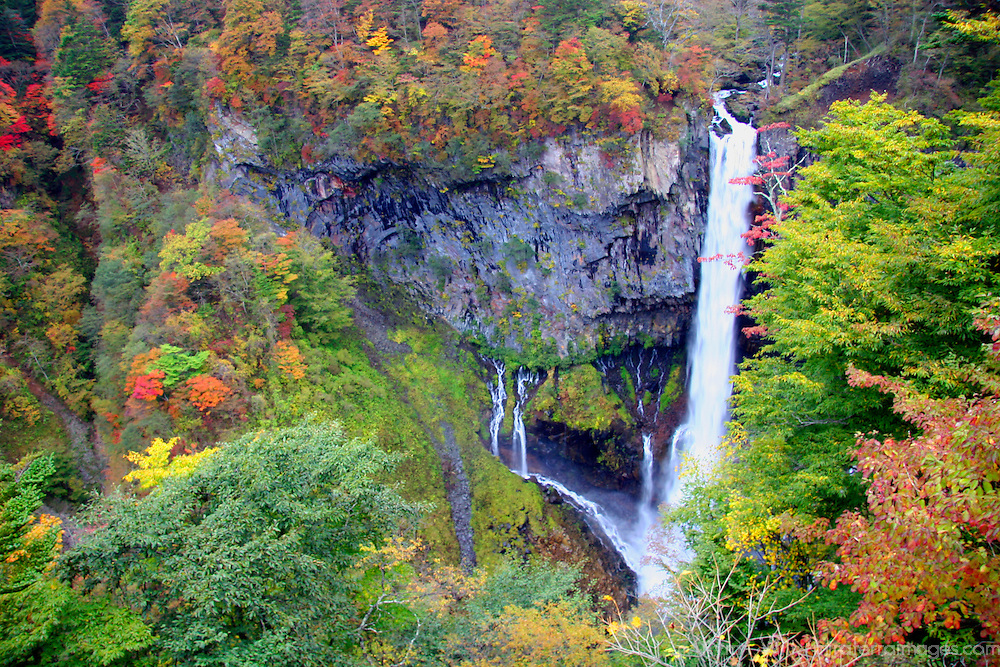


Day 4 Mt Fuji World Cultural Heritage
You will go to Mt Fuji area. Mount Fuji is a sacred mountain in the hearts of the Japanese people. Many visitors see Mt. Fuji 5th Station as a must-see on their way to Mount Fuji. Looking up at the snow-capped peak from the observation deck, shopping malls for letters, or buying a few postcards at the post office and sending them to distant relatives and friends with commemorative badges are all classic experiences not to be missed. Then you will enjoy the beautiful landscape by riding on Lake Ashi cruise, and exploring Owakudani which is the Hakone volcano about 3000 years ago, and try its black egg and other specialties.



For your better experience, we specially arranged your Ryokan experience, you can also relax and recover from the natural onsen.
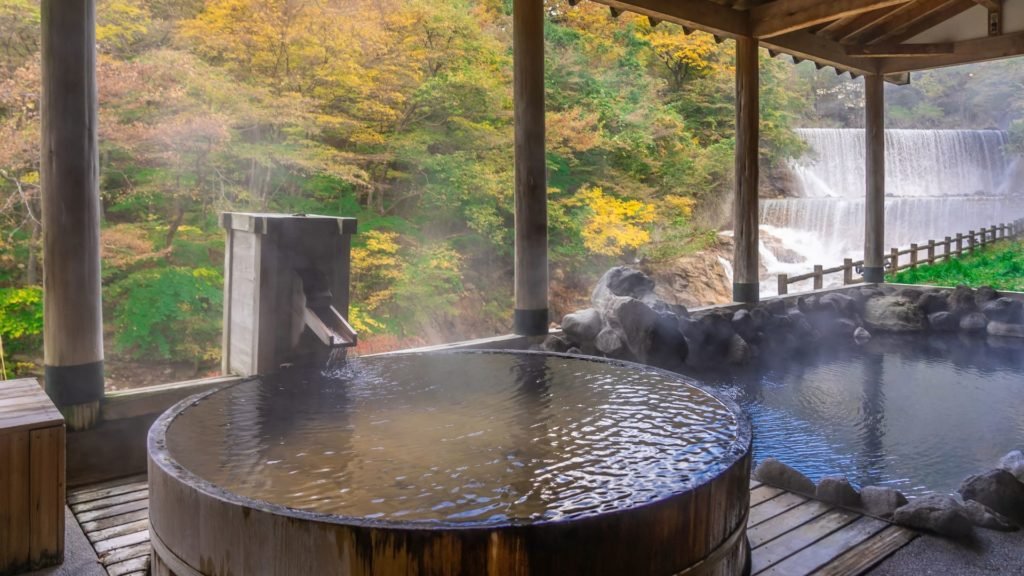

Day 5 Go back to an Edo Period (1603–1868)
You will go to Matsumoto to visit Matsumoto Castle which was built in 1594 and is one of only 12 remaining original castles in all of Japan and is the oldest five-tiered, six-story castle remaining. Furthermore, you will visit Narai-juku – An Edo Period (1603–1868) Post Town which isthe biggest post town on the Nakasendo Trail, known for its charming streets lined with two-story wooden buildings. It is one of Japan’s Nationally Designated Architectural Preservation Sites. The buildings have been kept much like they originally were in the Edo period. Try to taste Soba noodle and sake here.
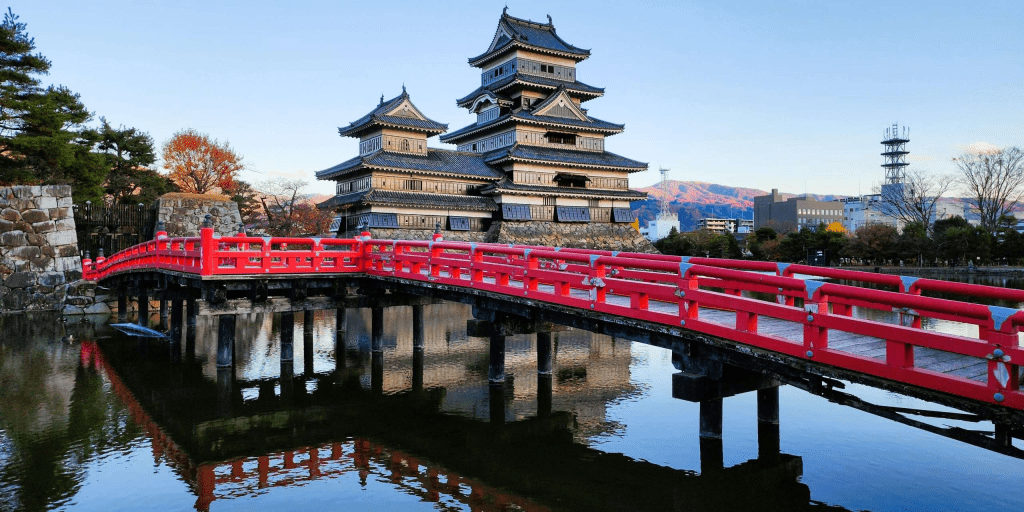

Day 6 A Day trip to Nagano
You will go to Nagano to have a unique excursion which is only seen and experienced there. For example, you will go to Nagano to visit Jigokudani Monkey Park also called Snow Monkey Park, which is the only place in the world where monkeys bathe in hot springs. Moreover, you will visit Zenjo-ji Temple which is one of the most important and popular temples in Japan. It was founded in the 7th century and stores the first Buddhist statue ever to be brought into Japan. For your unforgettable memories, we specially arrange Sake Tasting experience.
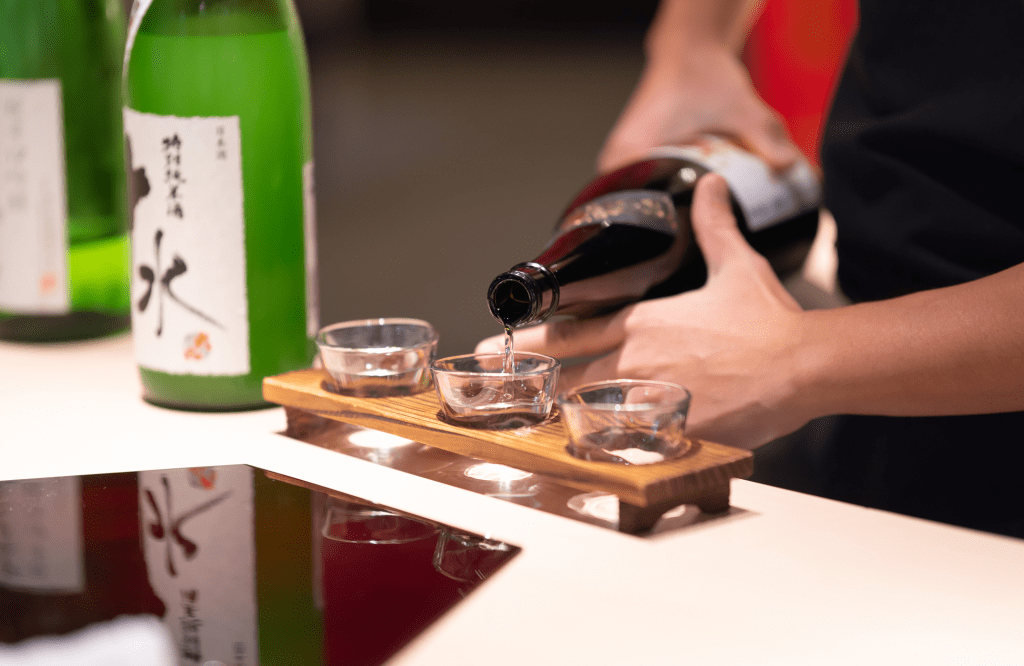

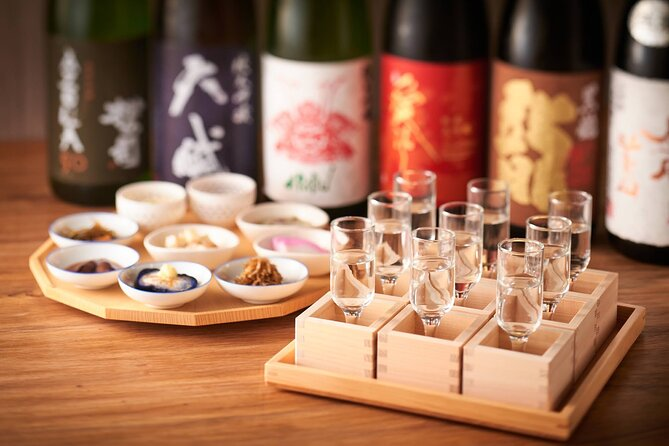


Day 7 An Art, Culture and History Tour
You will head to Takayama to start an art, culture and history tour. Takayama retains a traditional touch like few other Japanese cities, especially in its beautifully preserved old town from Edo Period (1603-1868). Takayama gained importance as a source of high-quality timber and highly skilled carpenters during the feudal ages. You will visit Takayama Jinya which is a surviving Edo period jin’ya that served as the government headquarters for Hida Province from 1692 to 1872. Then you will stroll along Takayama Old Town to feel the old-world.


Day 8 Mountain Villages
You will head to Shirakawa-go where is famous for their gassho-zukuri style farmhouses. The scenery of these mountain villages with their traditional houses standing side-by-side is like a fairytale. You will not only get a close look at the farmhouses at Kanda House, but also have an overview of this marvelous village at Ogimachi Castle Ruins Observatory.



Kanazawa was Japan’s second largest city (after Kyoto) to escape destruction by air raids. Also, Kenrokuen is one of Japan’s “three best landscape gardens” and by many considered the most beautiful of them all. Moreover, I specialize in arranging Gold Leaf Pasting Experience. Gold Leaf is used in many fields including crafts like Japanese-temple interior or a Buddhist statue, cosmetics and even foods. The majority of Gold Leaf in Japan comes from Kanazawa.

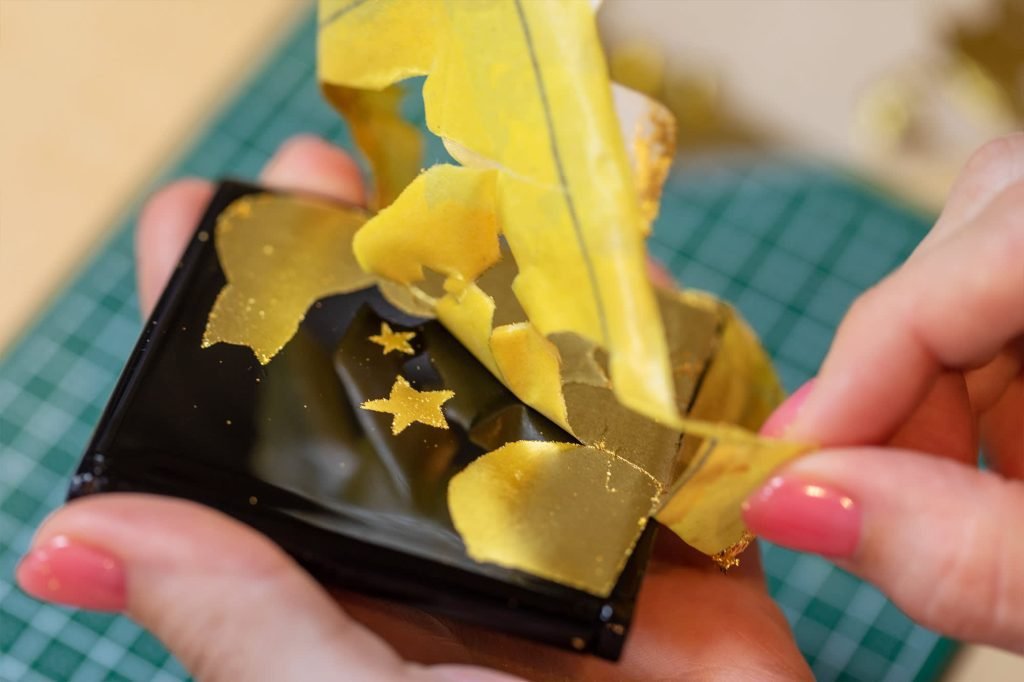

Day 9 Take a Shinkansen to Kyoto
You will go to Kyoto to have your west Japan tour which consists mainly consist of history, foods and cultural experience.
Day 10 Kyoto Culture/History Experience
You will go to enjoy Arashiyama which is the second-most important sightseeing district in Kyoto. You will enjoy a relaxing walk through Sagano Bamboo Grove. For your better experience, we specially arranged Yakatabune experience to enjoy the scenery set against a backdrop of mountains, Togetsukyo Bridge and ponds. Later, you will watch Geisha Show and have Saumrai and Ninja Experience.






Day 11 Learn More History and Visit Some UNESCO Sites in Uji and Nara
In the morning, you will go to Uji to have tea related experiences. Except for the historical and architectural tour in Byodo-in Temple, I specially arranged tea ceremony. Uji tea making method is the mainstream of tea making method and is the secret of Uji tea making inherited by many local tea masters. Please enjoy the tea culture here!



In the afternoon, you will have Nara and Osaka tour. In the morning, you will go to Nara.As an ancient cultural city, Nara boasts numerous ancient temple shrines and historical relics. It enjoys the title of “the Capital of shrine” and is regarded as the “spiritual hometown” by the Japanese people. One of the birthplaces of ancient Japanese culture. You will not only visit the UNESCO sites Todaiji Temple, but also get close to the deer in the Nara Park. If you like, you can feed the deer with the deer food.

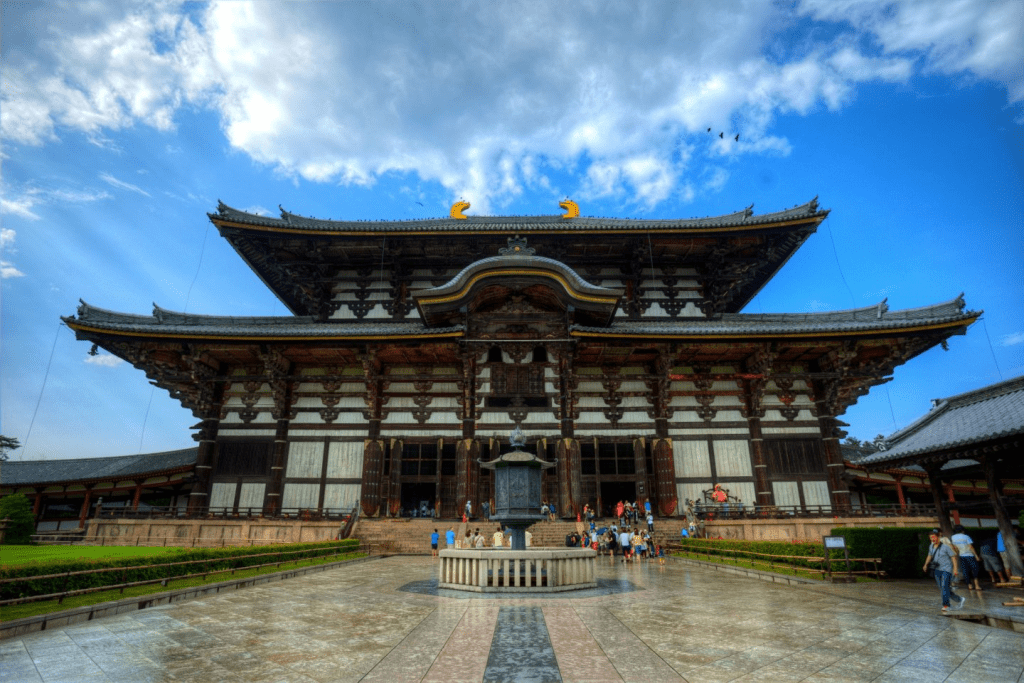

Day 12 City Tour of Osaka
Osaka is known for its takoyaki, yakitori, sushi, and fugu dishes. Please feel free to taste multiple domestic Japanese foods in Dotonbori and go shopping at Shinsabashi. Learn more history in Osaka Castle and have an overview of Osaka by riding the Hep Five Ferris Wheel.



Day 13 You will head to Kanazawa for a 2-day tour
You will have a tour of Miyajima and Hiroshima. Itsukushima Shrine is a Shinto shrine on the island of Itsukushima, best known for its “floating” torii gate. The harmoniously arranged shrine buildings in the property are located on the sea and the scenery, with a trinity composed of the man-made architecture in the centre, the sea in the foreground, and the mountains in the background, and have become recognized as a Japanese standard of beauty.
In the afternoon, you will go to Hiroshima for a historical tour. Hiroshima was the first city in the world to be bombed by a nuclear bomb. So the Hiroshima Peace Memorial Park was built at the site of the atomic bombing to pray for eternal peace.


Day 14 you will ride a shinkansen back to Tokyo and have half free day.
You will either fly back home at night or the following day morning.
